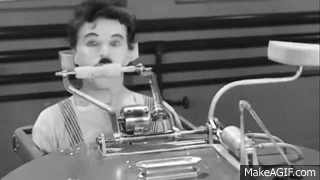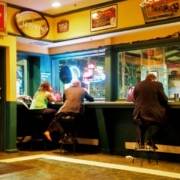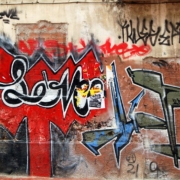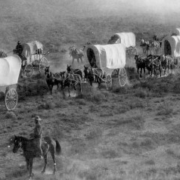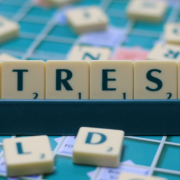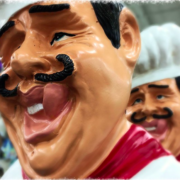Embracing Familiarity Versus Taking a Chance on Something New
Every day, we make numerous choices—what to wear, what to eat, which route to take. But why do we lean towards the familiar, and what motivates us to try something new?
Driven by habit or a preference for spontaneity over deliberate planning, many of us navigate these decisions on autopilot. We often face a fundamental choice: accept or embrace the comfort of familiarity or venture into the unknown to explore new options.
Decision-Making Framework
Whether we stick with what we know or take a chance on something new depends on a series of conscious or unconscious cost-benefit decisions. This framework involves weighing the importance of the choice and assessing the alternatives and the stakes: What will we gain, and what might we lose?
Consider a low cost decision like what to eat for breakfast. If you’re tired of the same cereal, you might decide to try a new brand. Problem temporarily solved. Alternatively, with ample time, disposable income, motivation, and curiosity, you might scour your neighborhood, town or city for the perfect breakfast spot.
Keep in mind that many people like variety. Although you may love eating steak, shrimp cocktail or sushi, over time a steady diet of these food items is probably going to wear thin.
Menu fatigue and culinary monotony
For example, many people who visit vacation resorts or go on cruises and opt for the all-inclusive package, which allows them to eat at any of the onboard or on-site restaurants as much as they want, eventually get bored with the food offered. This phenomenon, known as “menu fatigue” or “culinary monotony,” occurs when the variety and excitement of the food options diminish over time, leading to a sense of boredom or dissatisfaction with the meals. This speaks to the human need for variety and our constant search for novelty.
The “Treated Like Royalty” Approach
Imagine, however, your favorite dining establishment where not only are you familiar with the menu, waiters, and perhaps the owner, but you are generally happy with the food they prepare and serve. The personnel greet you by your name, you are taken to your favorite table, and the sommelier always has the perfect wine recommendation. The restaurant may even offer special perks or personalized service, such as wine pairings, or complimentary desserts, This situation provides a relatively high level of comfort, predictability and security in knowing what to expect. However, over time, this consistency can also lead to boredom. the overall experience may become stale.
The Explorer’s Approach
Conversely, embracing the role of an explorer means a willingness to step out of one’s comfort zone and deal with uncertainty. Explorers seek new experiences, whether it’s trying a different restaurant, cuisine, visiting a new vacation spot, starting an interesting project, or collaborating with unfamiliar colleagues. This approach may lead to unexpected discoveries and opportunities for emotional, experiential, and intellectual growth. However, it also comes with inherent risks—disappointment, mistrust, failure, and occasional setbacks.
Navigating the Dichotomy
Both approaches have merits and drawbacks. Being treated like royalty offers security and personalized service but can eventually lead to complacency and boredom. On the other hand, exploration brings novelty and excitement, but it also requires tolerance for uncertainty and occasional frustration.
Striking a balance
Ultimately, the choice between settling for the same old same old (and even being treated like royalty) and embracing exploration is personal and situational. Limited resources like time, money, competing obligations and preferences might make us lean towards familiar experiences. At times, we crave the comfort of predictability; at others, we seek the thrill of adventure. Instead of adhering strictly to one approach, finding a balance between the two can enrich our lives. Embrace the richness of both familiarity and exploration, and consider a rational process for high-stakes decisions.
Image credit
Charlie Chaplin from the movie “The Circus” (1928)

